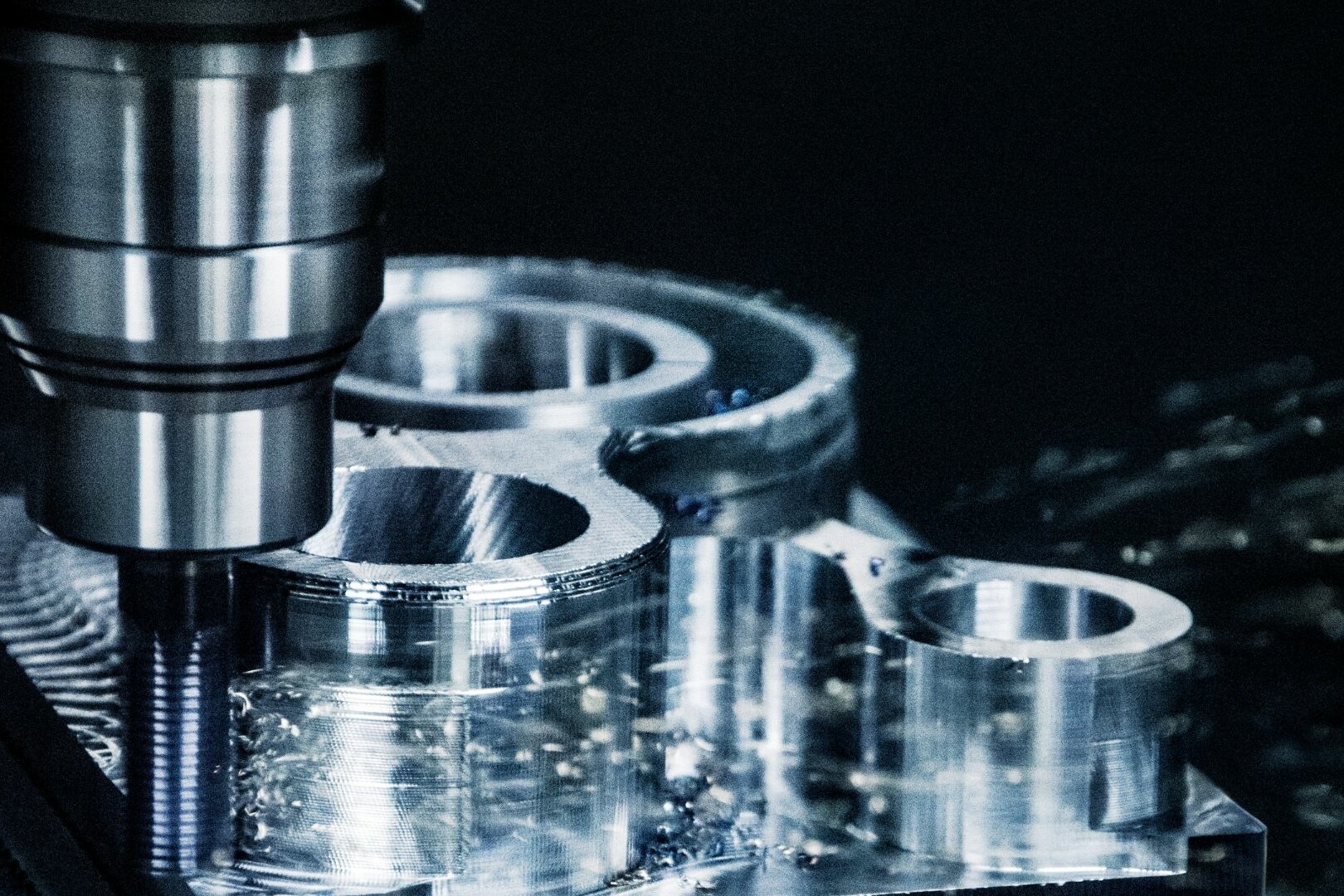In today’s fast-paced and competitive business landscape, organizations across various industries are constantly seeking ways to optimize their operations and maximize efficiency. One area that has gained significant attention is maintenance management. Traditionally, maintenance was carried out in a reactive manner, leading to costly downtime and unplanned disruptions. However, with the advent of technology and data-driven approaches, businesses now have the opportunity to shift towards a proactive maintenance strategy known as predictive maintenance. So, here are 7 essential strategies for implementing predictive maintenance
Predictive maintenance leverages advanced analytics and machine learning algorithms to predict when equipment failure is likely to occur, allowing organizations to take preventative measures before any disruption occurs. By implementing predictive maintenance, businesses can significantly reduce downtime, improve asset performance, and lower maintenance costs.
Understanding Predictive Maintenance
Before diving into the strategies, let’s briefly understand what predictive maintenance entails. Unlike traditional preventive maintenance, which relies on scheduled inspections and maintenance activities, predictive maintenance takes a proactive approach by analyzing real-time data to predict when equipment failure is imminent. By monitoring and analyzing various parameters, such as vibration, temperature, and performance indicators, predictive maintenance algorithms can identify patterns and anomalies that indicate potential issues.
The benefits of predictive maintenance are manifold. It minimizes the risk of unexpected breakdowns and extends the lifespan of assets, reduces maintenance costs by avoiding unnecessary repairs, optimizes spare parts inventory, and maximizes equipment availability.
Strategy 1: Establishing Clear Objectives
Any successful initiative begins with clear objectives. When implementing predictive maintenance, it is crucial to define your goals and align them with your overall business objectives. Identify what you aim to achieve through predictive maintenance. Is it to reduce maintenance costs, improve asset reliability, or enhance operational efficiency? Once you establish clear objectives, you can develop strategies and metrics to measure success.
Additionally, it is vital to identify key performance indicators (KPIs) that align with your objectives. These KPIs could include metrics like mean time between failures (MTBF), mean time to repair (MTTR), asset uptime, or maintenance costs. By measuring and tracking these KPIs, you can gauge the effectiveness of your predictive maintenance program and make data-driven decisions to optimize it further.
Strategy 2: Data Collection and Integration
Data is the lifeblood of predictive maintenance. To implement an effective predictive maintenance strategy, you need to collect and integrate relevant data from various sources. This data can come from sensors, Internet of Things (IoT) devices, maintenance logs, historical data, and more. The key is to gather comprehensive and high-quality data that provides insights into asset health and performance.
By integrating data sources, you can develop a holistic view of your assets and detect patterns and correlations that might go unnoticed otherwise. For example, combining data from vibration sensors, temperature sensors, and maintenance logs can reveal trends and anomalies that can help predict equipment failures accurately. It is important to ensure that the data collection and integration processes are automated and streamlined to avoid manual errors and delays.
Strategy 3: Data Analysis and Machine Learning
Once you have collected and integrated the data, the next step is to analyze it effectively. This is where advanced analytics and machine learning algorithms come into play. By applying statistical techniques and machine learning models to the data, you can identify patterns, correlations, and anomalies that indicate potential equipment failures.
Machine learning algorithms can learn from historical data and continuously improve their predictions over time. They can detect subtle changes in asset behavior and issue early warnings, allowing maintenance teams to take proactive actions. For example, an algorithm might identify a gradual increase in vibration levels in a machine, indicating a bearing failure. With this information, maintenance personnel can schedule maintenance activities before the failure occurs, avoiding costly downtime.
Strategy 4: Condition Monitoring and Sensor Technologies
To implement an effective predictive maintenance strategy, you need to invest in condition monitoring techniques and sensor technologies. Condition monitoring involves regularly monitoring the health and performance of assets to detect any deviations from normal operating conditions. This can be achieved through various sensor technologies that capture real-time data.
For instance, vibration sensors can detect abnormalities in equipment vibration, indicating potential mechanical issues. Temperature sensors can monitor temperature variations that might suggest overheating or cooling system failures. Other sensor technologies, such as pressure sensors, oil analysis sensors, or acoustic emission sensors, can provide valuable insights into asset health.
The advent of the Internet of Things (IoT) has made condition monitoring even more powerful. IoT-enabled sensors can capture data in real-time and transmit it to a central system for analysis. This allows maintenance teams to monitor assets remotely and receive instant notifications when anomalies are detected, enabling timely intervention.
Strategy 5: Implementing Predictive Maintenance Software
To streamline and manage the predictive maintenance process effectively, it is crucial to invest in predictive maintenance software solutions. These software platforms provide a centralized hub for data collection, analysis, and visualization, making it easier to monitor asset health and schedule maintenance activities.
When choosing predictive maintenance software, consider factors such as scalability, ease of integration with existing systems, user-friendliness, and the ability to generate actionable insights. Look for software solutions that offer advanced analytics capabilities, customizable dashboards, and automated reporting. A well-implemented predictive maintenance software can significantly enhance your maintenance operations and facilitate data-driven decision-making.
Strategy 6: Building a Skilled Workforce
Implementing predictive maintenance requires a skilled workforce equipped with the necessary knowledge and expertise. It is essential to invest in training and upskilling your maintenance personnel to ensure they can effectively utilize the predictive maintenance tools and techniques.
Identify the key skills required for predictive maintenance, such as data analysis, statistical modeling, and understanding of sensor technologies. Provide training programs and workshops to equip your employees with these skills. Encourage a culture of continuous learning and improvement, where employees are encouraged to stay updated with the latest advancements in predictive maintenance technologies and methodologies.
Strategy 7: Establishing Maintenance Workflows
To ensure the smooth execution of predictive maintenance activities, it is crucial to establish well-defined maintenance workflows. Develop optimized maintenance schedules that consider asset criticality, data analysis results, and available resources. This will help you prioritize maintenance tasks and allocate resources efficiently.
Define clear roles and responsibilities within your maintenance team. Assign dedicated personnel responsible for data collection, analysis, and maintenance activities. Establish feedback loops to capture insights from maintenance activities and incorporate them into future maintenance workflows. Continuous improvement is essential for refining your predictive maintenance strategy over time.
Recommended Blog Posts
September 4, 2023
Powerful Signal Analysis Tools for Vibration Analysis
Predictive maintenance, crucial for machinery reliability, heavily relies on vibration analysis. Techniques like FFT…
September 4, 2023
Rotating Machinery Vibration Analysis
Vibration analysis is a critical tool in various industries like manufacturing, power generation, and transportation.…
December 28, 2022
Fault Diagnostic Technique Using Machine Mode Similarity Analysis
AI can diagnose machine faults with vibration data but machine mode similarity analysis is an alternative, it uses…
September 15, 2022
Understanding Rotating Machinery Data
Machine data is generated by physical attributes and actions of machines, collected by sensors and analyzed for…
August 6, 2021
Envelope Analysis
Bearings are critical elements in rotating machines, they support radial and axial loads, and reduce friction. Real…
May 6, 2021
What is Cepstral Analysis?
Cepstral Analysis, a tool used to detect periodicity in frequency spectrum, can be useful in gearbox fault detection in…
October 9, 2020
How is Fault Detection Performed?
Vibration measurements and analysis, using multiple parameters, can identify developing problems in machinery before…
September 21, 2020
Parameter Selections in Vibration Measurement
Vibration measurements are used to determine the response of machines to forces and identify potential issues. It is…
September 4, 2020
What is Vibration Analysis?
Vibration analysis can be used to discover problems in machines and predict when they might fail. It can significantly…
Discover Our Products
Sensemore Predictive Maintenance Solution
If you enjoyed this blog, explore our Predictive Maintenance Solution page.











